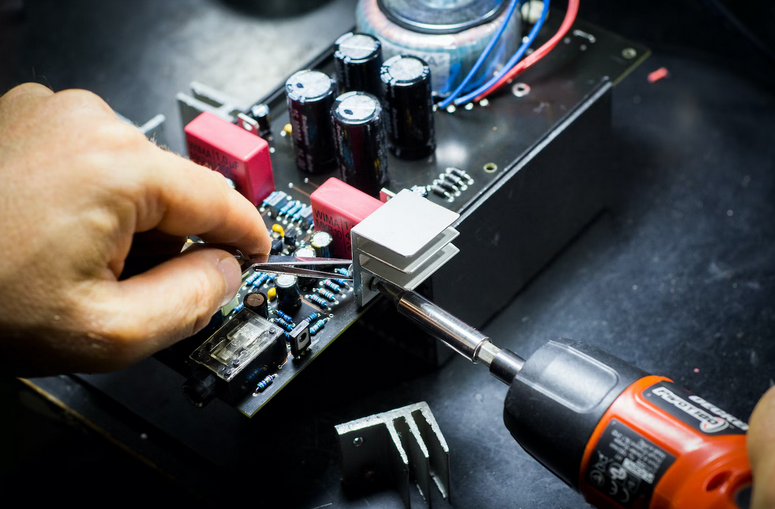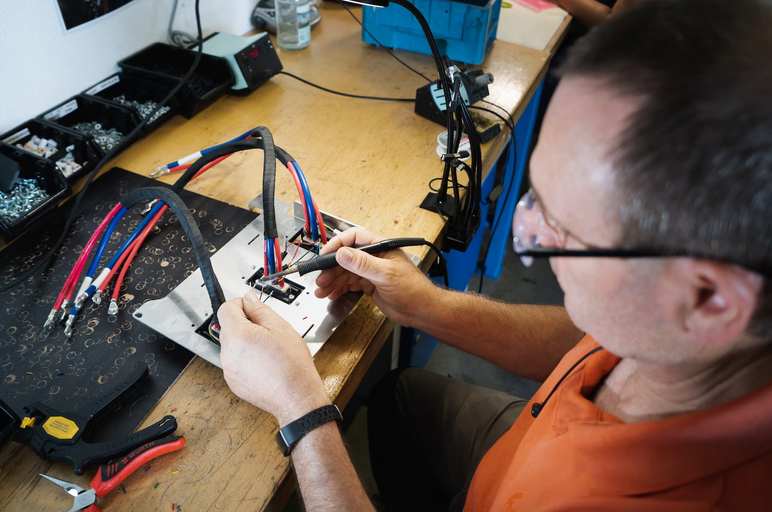Why Tech-Savvy Users Prefer Seedboxes for File Management

In today’s digital landscape, tech-savvy users are constantly seeking efficient solutions for managing their files. With the surge of online content and data sharing, traditional methods often fall short in terms of speed and privacy. Enter seedboxes—a powerful tool that has transformed how individuals store, download, and share files. These remote servers enhance performance and offer a level of convenience that is hard to match. Whether downloading large torrents or just looking to organize your media library, seedboxes provide an innovative approach tailored for those who thrive on technology. Let’s delve into why this trendy solution is becoming the go-to choice for file management among tech enthusiasts.
Advantages of Using a Seedbox
Seedboxes offer unparalleled privacy for users. By keeping your IP address hidden, they provide a layer of anonymity that is vital in today’s digital landscape. This is especially important for those who regularly download or share files. Speed is another significant advantage. Seedboxes operate on high-speed servers, allowing for faster downloads and uploads compared to traditional methods. Users can transfer large files with ease, saving valuable time. Storage capacity also plays a crucial role. Many seedbox providers offer substantial storage options that cater to different needs. It means you can manage multiple files without worrying about running out of space.
How Seedboxes Help with File Management
Seedboxes provide a seamless way to manage files without the hassle of local storage limitations. With cloud-based solutions, users can access their data anytime and anywhere. One major benefit is the ability to organize downloads efficiently. Seedboxes often come with integrated file management systems that allow for easy categorization and sorting. These tools enable tech-savvy users to automate tasks like moving or renaming files, saving time on manual processes. Enhanced security features also play a significant role in protecting sensitive information from unauthorized access. Sharing large files becomes simpler. Users can generate secure links for quick sharing, bypassing size restrictions commonly encountered with traditional methods.

Speed and Performance Comparisons
When it comes to file management, speed plays a crucial role. Seedboxes stand out in this arena due to their dedicated resources. Unlike traditional hosting solutions, seedboxes often utilize high-speed fiber connections. This results in faster upload and download speeds compared to standard home internet services. Tech-savvy users appreciate the efficiency that seedboxes bring. They experience minimal latency when transferring large files or accessing content from remote servers. Moreover, multiple simultaneous downloads become seamless with a seedbox. Users can queue several torrents without sacrificing performance.
Conclusion
Seedboxes are quickly becoming a favorite among tech-savvy users for their efficiency and versatility. These high-performance remote servers offer countless benefits that cater to the needs of modern file management. For anyone serious about file management—especially those who work with substantial amounts of data—a seedbox could be a game-changer. The combination of reliability, speed, privacy protection, and ease of use makes these tools indispensable for those looking to stay ahead in a tech-driven world. As technology continues to evolve, embracing solutions like seedboxes can lead not only to better productivity but also enhanced enjoyment in managing digital assets.…




 A paystub generator is a tool that allows you to create and print your pay stubs. They are often used by self-employed people or those who work for small businesses. The paystub generator will enable you to customize the information on your paycheck to be used as proof of income for many different uses.
A paystub generator is a tool that allows you to create and print your pay stubs. They are often used by self-employed people or those who work for small businesses. The paystub generator will enable you to customize the information on your paycheck to be used as proof of income for many different uses. There are drawbacks to using a paystub generator. Time and energy are wasted trying to create a realistic-looking paycheck stub. The labor and energy that makes real proof of employment can be avoided by simply hiring an HR professional. A paystub generator cannot produce all necessary forms, such as tax documents or W-time reporting materials. Sometimes it is not enough to create the paycheck stub and send it off in electronic format; other supporting documentation may be required.
There are drawbacks to using a paystub generator. Time and energy are wasted trying to create a realistic-looking paycheck stub. The labor and energy that makes real proof of employment can be avoided by simply hiring an HR professional. A paystub generator cannot produce all necessary forms, such as tax documents or W-time reporting materials. Sometimes it is not enough to create the paycheck stub and send it off in electronic format; other supporting documentation may be required.